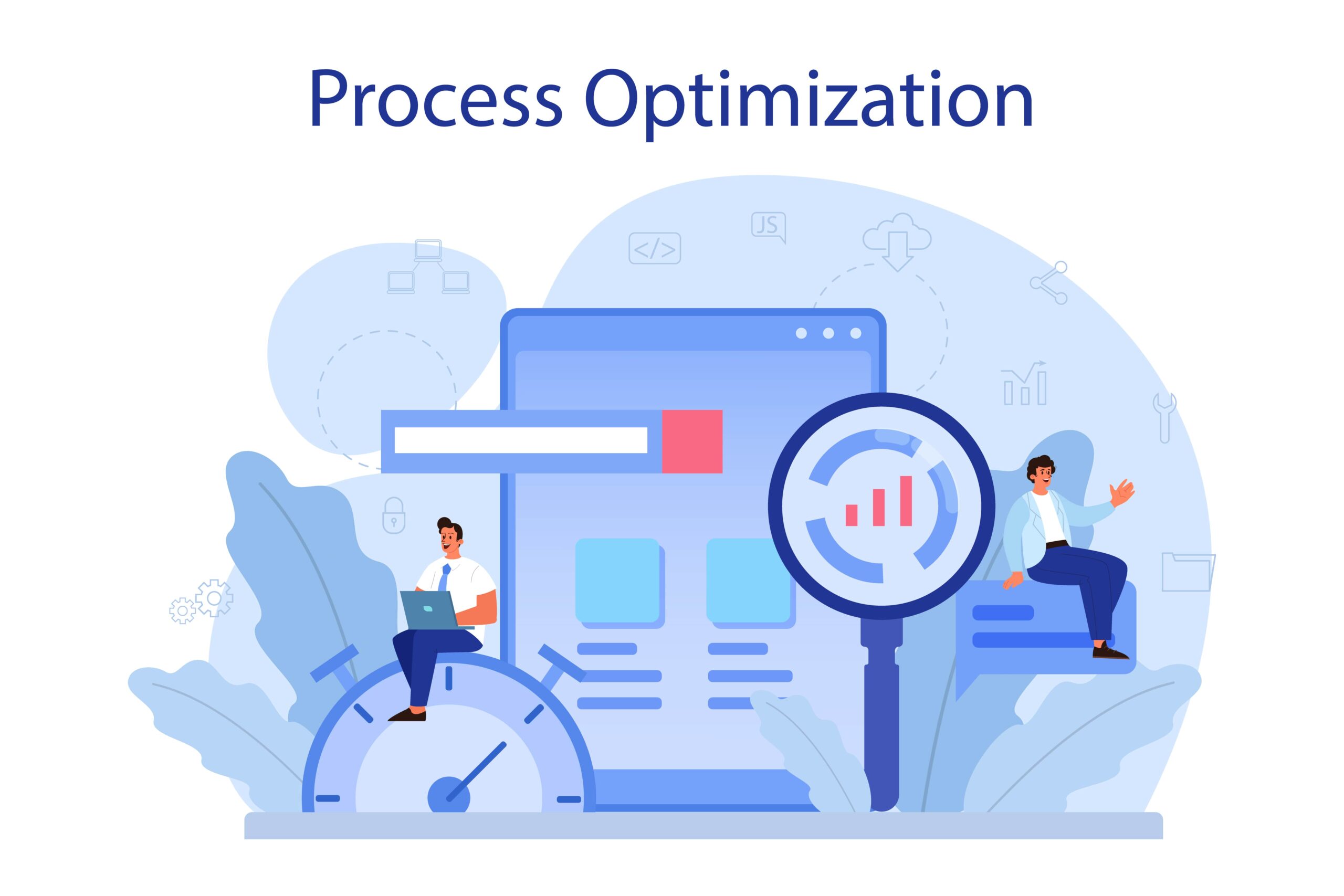Amazon Listing Optimization and Amazon PPC Management: A Comprehensive Guide

Introduction
Amazon has evolved into one of the most powerful platforms for online sales, with millions of sellers competing for visibility and conversions. Whether you’re a new seller or a seasoned one, mastering Amazon’s ecosystem is essential for success. Two key pillars for growing your business on Amazon are listing optimization and Amazon PPC management. In this guide, we’ll break down both aspects in detail to help you maximize your presence and sales on Amazon.
What is Amazon Listing Optimization?
Amazon listing optimization is the process of enhancing your product listings to rank higher in Amazon search results and drive more conversions. The goal is to make your products more visible and appealing to potential buyers. But it’s more than just stuffing keywords—it’s about creating an engaging and informative listing that speaks to both the algorithm and human customers.
Why is Listing Optimization Important?
A well-optimized Amazon listing can lead to higher rankings, which means more visibility. Since Amazon customers tend to click on the first few results, climbing up the rankings is crucial for success. Additionally, well-optimized listings improve conversion rates, leading to more sales.
The Role of Keywords in Amazon Listing Optimization
Like any search engine, Amazon uses keywords to match user searches with product listings. That’s why keyword research is essential for listing optimization. Without the right keywords, your product won’t show up for relevant searches, reducing its visibility.
Tools for Finding the Right Keywords
Several tools can help you discover the best keywords for your Amazon listing, such as:
- Helium 10
- Jungle Scout
- Amazon’s own search bar suggestions
These tools offer insight into what customers are searching for, allowing you to fine-tune your listing.
Title Optimization for Amazon Listings
Your product title is one of the most important factors in listing optimization. Not only does it need to include key search terms, but it also needs to be compelling enough to make people click on your listing.
Guidelines for Crafting Effective Titles
- Include main keywords within the first few words
- Keep it under 200 characters as per Amazon’s guidelines
- Highlight essential details like brand, size, color, and features
Impact of Titles on Click-Through Rates (CTR)
A well-optimized title can significantly improve your product’s click-through rate (CTR). If potential buyers see a clear, concise title that answers their questions, they’re more likely to click on your listing.
Optimizing Product Descriptions
Your product description gives you the space to explain the features and benefits of your product in more detail. It should be both informative and persuasive, using a balance of keywords without making it sound unnatural.
Writing Clear and Engaging Descriptions
- Focus on benefits first, followed by features
- Keep sentences concise and easy to read
- Use persuasive language that encourages customers to take action
Using Bullet Points Effectively
Amazon allows you to list key features of your product using bullet points, and this is where you can really sell your product. Bullet points should be easy to scan, highlighting the most important benefits and features of the product.
Structuring Bullet Points for Scannability
- Start with the most important details first
- Use action-oriented language
- Include both features and benefits
The Importance of High-Quality Images
Images are a crucial part of your Amazon listing. Amazon allows you to upload several images, and you should use this to your advantage by showing your product from multiple angles, and in use if possible.
Image Requirements for Amazon Listings
- Images must be 1000 x 1000 pixels or larger to enable zoom
- The main image should be on a white background
- Avoid including text or logos on the images
Pricing Strategies for Amazon Listings
Your pricing strategy can make or break your listing’s success. Pricing too high will reduce conversions, while pricing too low could hurt your margins.
Competitive Pricing for Visibility
One of the first things a customer notices is price. To compete effectively, you’ll need to analyze your competitors and set a price that’s both attractive to customers and sustainable for you.
Using Amazon’s Pricing Tools
Amazon offers tools like Automated Pricing and Business Pricing, which can help you adjust your prices dynamically based on competition and market conditions.
Customer Reviews and Ratings
Reviews play a vital role in both your listing’s credibility and ranking. Listings with more positive reviews tend to rank higher and convert better, as customers often base purchasing decisions on social proof.
How to Encourage Positive Reviews
- Offer outstanding customer service
- Use follow-up emails to ask for reviews after delivery
- Provide a great product experience that exceeds expectations
What is Amazon PPC (Pay-Per-Click)?
Amazon PPC (Pay-Per-Click) is an advertising model where sellers pay each time a customer clicks on their ad. It’s a highly effective way to increase visibility and drive traffic to your listings, especially when combined with good listing optimization.
Types of Amazon PPC Ads
Amazon offers three main types of PPC ads:
- Sponsored Products – Ads that appear in search results and product detail pages.
- Sponsored Brands – Ads that showcase your brand logo and multiple products.
- Sponsored Display – Ads that appear both on and off Amazon to target specific audiences.
Setting Up an Amazon PPC Campaign
When setting up your PPC campaign, start by choosing the right products to advertise. Focus on products with high conversion rates and competitive pricing.
Creating a Budget and Setting Bids
Determine how much you’re willing to spend daily, and set competitive bids based on the keyword’s average cost-per-click (CPC).
Keyword Strategy in Amazon PPC
Just like with listing optimization, keywords are essential in PPC. Use a mix of both short-tail and long-tail keywords to capture different customer search intents.
How to Conduct Effective PPC Keyword Research
- Use tools like Amazon Keyword Planner or Helium 10
- Focus on high-traffic but relevant keywords
- Target long-tail keywords for more specific searches
Monitoring and Optimizing Amazon PPC Campaigns
Once your campaign is live, it’s essential to monitor its performance and make adjustments. Track metrics like ACoS (Advertising Cost of Sales), CTR, and conversion rates to see what’s working.
Adjusting Bids and Budgets for Better ROI
If certain keywords are driving a lot of clicks but not conversions, consider lowering bids or pausing those keywords altogether. On the other hand, keywords that convert well should be prioritized with higher bids.
The Synergy Between Listing Optimization and PPC
An optimized listing performs better in PPC campaigns. When customers click on your ads, they’re more likely to convert if they land on a well-crafted, optimized listing.
Combining Strategies for Maximum Sales
By optimizing your listings and running well-targeted PPC campaigns, you can dominate Amazon search results, increase visibility, and boost sales.
Conclusion
Amazon listing optimization and PPC management are powerful tools that, when combined, can dramatically increase your sales and visibility on the platform. By investing time in keyword research, crafting engaging listings, and fine-tuning your PPC strategy, you’ll be on the path to Amazon success.
FAQs
- What is the difference between Amazon listing optimization and PPC management?
- Listing optimization focuses on organic search rankings, while PPC management involves paid advertising to boost visibility.
- How often should I update my Amazon listings?
- Regular updates, especially after significant changes in sales or keywords, can help keep your listing relevant.
- How much budget should I allocate for Amazon PPC?
- Start small and scale up. A typical recommendation is to allocate 5-10% of your total revenue to PPC.
- Do reviews impact Amazon PPC performance?
- Yes, listings with positive reviews generally perform better in PPC as they have higher trust with customers.
- Can I run PPC campaigns without optimized listings?
- While you can, it’s not recommended. An optimized listing ensures higher conversions, making your PPC investment more effective.



